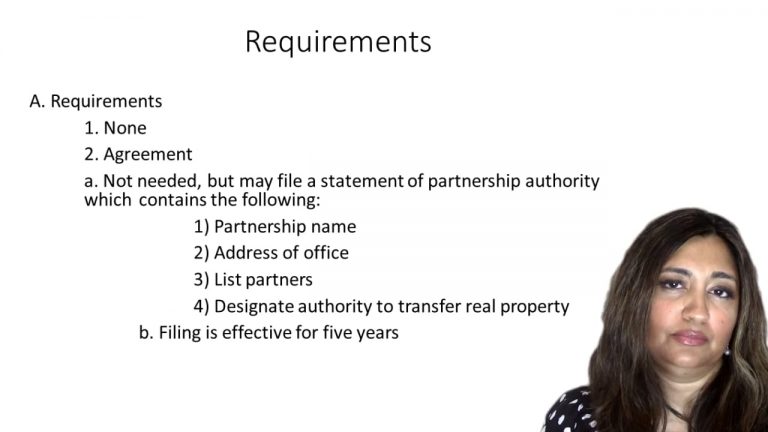SmartBrief
Confirm favorite deletion?
Business Organizations Keyed to Sjostrom
Wilkes v. Springside Nursing Home, Inc.
Citation:
353 N.E.2d 657 (Mass. 1976)Facts
In 1951 Wilkes acquired an option to purchased a building and lot located on the corner of Springside Avenue in Massachusetts. Riche, Quinn and Pipkin joined Wilkes in his investment. Each men invested $1,000. At the time of the incorporation it was understood by all of the parties that each would be a director of Springside and each would participate actively in the management and decision making involved in operating the corporation. The bad blood between Quinn and Wilkes affected the management. Wilkes gave notice of his intention to sell his shares for an amount based on an appraisal of their value. At the annual meeting, Wilkes was not reelected as a director nor as an officer. The meetings of the directors and shareholders were used as a vehicle to force Wilkes out of active participation in the management. The severance of Wilkes from the payroll resulted not from misconduct or neglect of duties, but because of the personal desire of Quinn, Riche and Connor to prevent him from continuing to receive money from the corporation.
Only StudyBuddy Pro offers the complete Case Brief Anatomy*
Access the most important case brief elements for optimal case understanding.
*Case Brief Anatomy includes: Brief Prologue, Complete Case Brief, Brief Epilogue
- The Brief Prologue provides necessary case brief introductory information and includes:
Topic:
Identifies the topic of law and where this case fits within your course outline.Parties:
Identifies the cast of characters involved in the case.Procedural Posture & History:
Shares the case history with how lower courts have ruled on the matter.Case Key Terms, Acts, Doctrines, etc.:
A case specific Legal Term Dictionary.Case Doctrines, Acts, Statutes, Amendments and Treatises:
Identifies and Defines Legal Authority used in this case.
- The Case Brief is the complete case summarized and authored in the traditional Law School I.R.A.C. format. The Pro case brief includes:
Brief Facts:
A Synopsis of the Facts of the case.Rule of Law:
Identifies the Legal Principle the Court used in deciding the case.Facts:
What are the factual circumstances that gave rise to the civil or criminal case? What is the relationship of the Parties that are involved in the case.Issue(s):
Lists the Questions of Law that are raised by the Facts of the case.Holding:
Shares the Court's answer to the legal questions raised in the issue.Concurring / Dissenting Opinions:
Includes valuable concurring or dissenting opinions and their key points.Reasoning and Analysis:
Identifies the chain of argument(s) which led the judges to rule as they did.
- The Brief Prologue closes the case brief with important forward-looking discussion and includes:
Policy:
Identifies the Policy if any that has been established by the case.Court Direction:
Shares where the Court went from here for this case.

 2m 27s
2m 27s